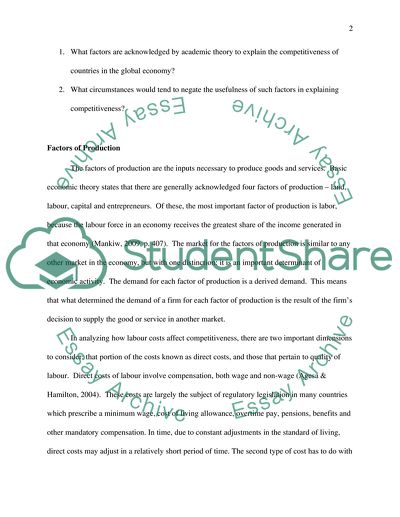Cite this document
(Factor Availability and Competitiveness in International Trade Case Study, n.d.)
Factor Availability and Competitiveness in International Trade Case Study. Retrieved from https://studentshare.org/macro-microeconomics/1747524-economic
Factor Availability and Competitiveness in International Trade Case Study. Retrieved from https://studentshare.org/macro-microeconomics/1747524-economic
(Factor Availability and Competitiveness in International Trade Case Study)
Factor Availability and Competitiveness in International Trade Case Study. https://studentshare.org/macro-microeconomics/1747524-economic.
Factor Availability and Competitiveness in International Trade Case Study. https://studentshare.org/macro-microeconomics/1747524-economic.
“Factor Availability and Competitiveness in International Trade Case Study”, n.d. https://studentshare.org/macro-microeconomics/1747524-economic.


